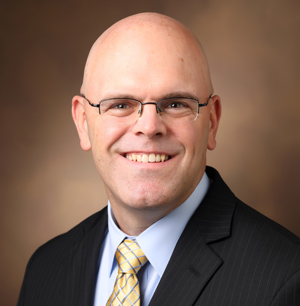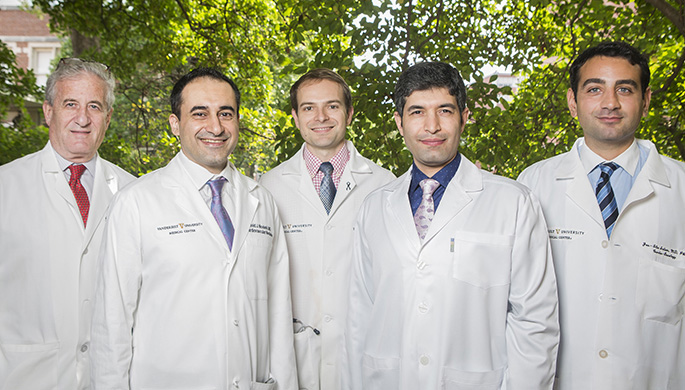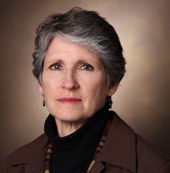by Doug Campbell
Vanderbilt University Medical Center recently debuted a new clinic dedicated to providing a multidisciplinary approach to caring for patients coping with the complex host of chronic disorders known as vasculitis.
“Vasculitis is inflammation of blood vessels, and every organ in the body has blood vessels,” said Kevin Byram, MD, assistant professor of Medicine in the Division of Rheumatology and director of the new Vanderbilt Vasculitis Clinic. “There’s a very wide range of how these diseases can present, so it’s important to have providers who are skilled and interested in this to help these patients.”

Byram and his colleagues in Rheumatology collaborate with Vanderbilt dermatologists, nephrologists, pulmonologists, radiologists, neurologists, otolaryngologists, vascular cardiologists and other specialists to provide specialized expertise and care to patients at Vanderbilt and across the region.
“These are chronic diseases that, at best, we can hopefully control over time. But there’s always a risk of relapse, so we have to watch these patients long term,” Byram said. “After diagnosis, we’ll probably see them every few weeks. If and when they stabilize we can spread things out. And we’re constantly looking for symptoms that the disease might be active.”
Vasculitis is an autoimmune disease in which the body mistakenly sees blood vessels as a foreign invader and attacks them, causing inflammation and leading to a narrowing of the vessels. It can occur by itself or can be a feature of a rheumatic disease, such as rheumatoid arthritis, systemic lupus erythematosus or systemic sclerosis. In severe cases, patients can develop organ damage or death.
There are many types of vasculitis, which are classified according to the size of the blood vessels affected:
- Large vessel — Polymyalgia rheumatic, Takayasu’s arteritis, temporal arteritis (and giant cell arteritis)
- Medium vessel — Buerger’s disease, cutaneous vasculitis, Kawasaki disease, polyarteritis nodosa; and
- Small vessel — Behçet’s syndrome, Churg–Strauss syndrome, cutaneous vasculitis, Henoch–Schönlein purpura, microscopic polyangiitis, Granulomatosis with polyangiitis (GPA), Golfer’s vasculitis, cryoglobulinemia
“Vasculitis can cause a lot of damage over time. There are a lot of co-morbid complications, and sometimes it’s tough to differentiate that damage from ongoing inflammatory activity. It takes seeing a lot of patients to know when a disease is active or whether it’s damage from the past, and it can be a difficult distinction to make at times. Sometimes we can prevent a patient from being over treated,” Byram said.
Research is also an important component of the Vanderbilt Vasculitis Clinic. With collaborator Michelle Ormseth, MD, MSCI, assistant professor of Medicine, Byram is studying microRNA — a molecule that silences certain genes — as a means of aiding in diagnosing vasculitis or seeing if it’s active. Their research could provide further information about how and why vasculitis occurs and relapses, which in turn could lead to more targets for treatment.
Byram graduated from the University of Alabama School of Medicine and conducted his internal medicine and rheumatology training at VUMC, which was followed by a one-year vasculitis fellowship at the Cleveland Clinic Center for Vasculitis Care and Research. Byram’s fellowship was supported by the Vasculitis Clinical Research Consortium (VCRC), the Vasculitis Foundation (VF) and VUMC.
“Caring for patients with vasculitis has been a true pleasure,” Byram said. “The opportunity to guide someone and their family through a chronic disease with such devastating potential has been a humbling honor. With the advent of novel and repurposed therapies and treatment strategies, our ability to limit the serious nature of vasculitis has improved, but much still needs to be done.”















